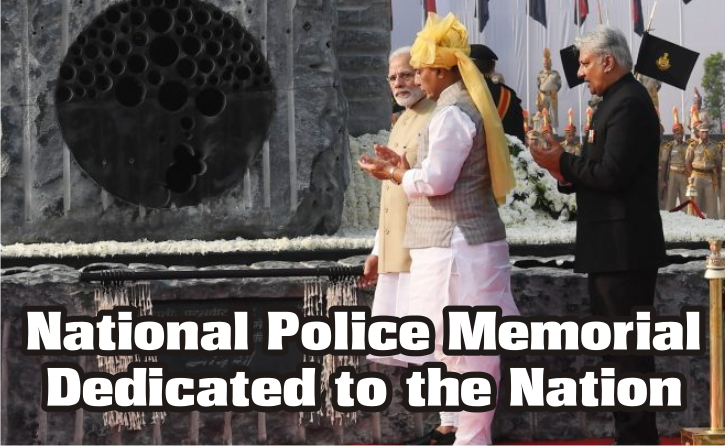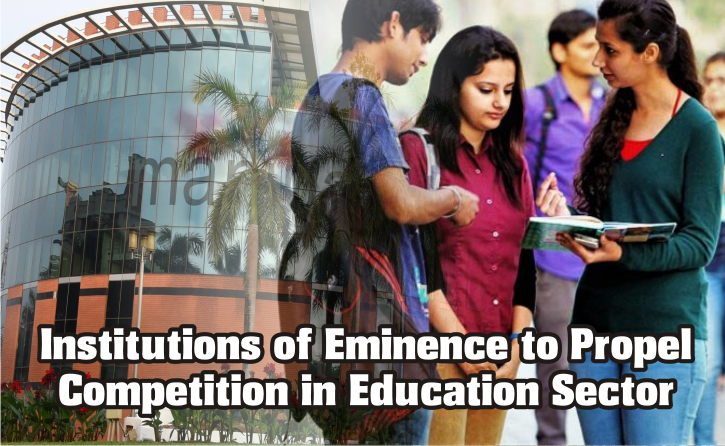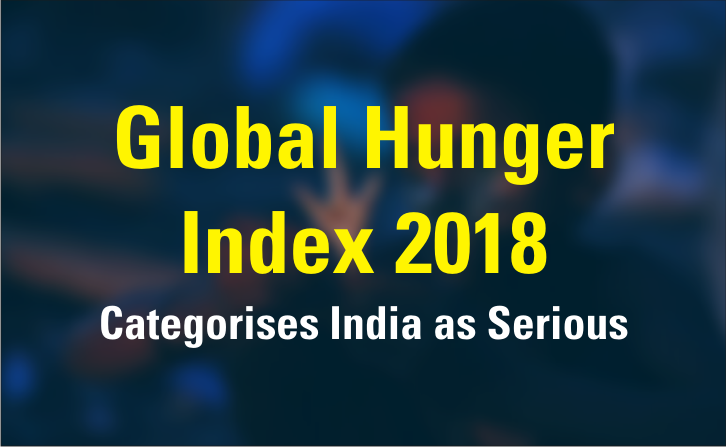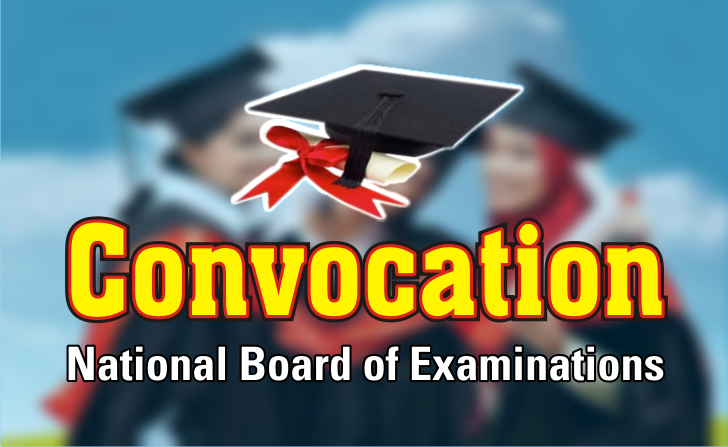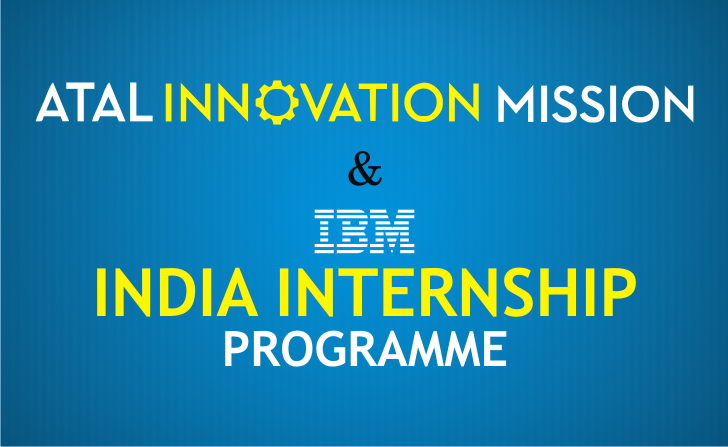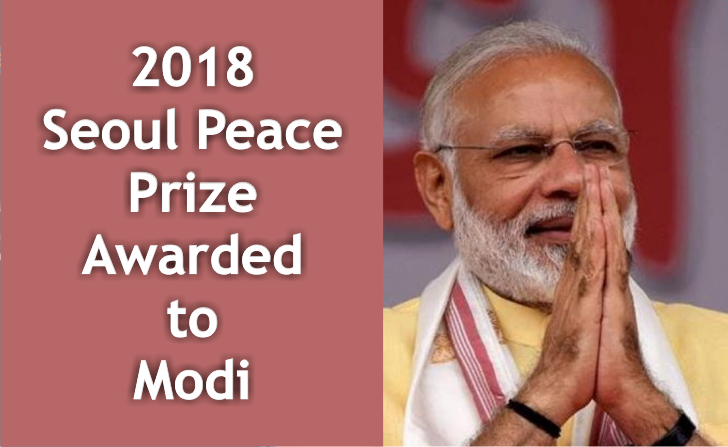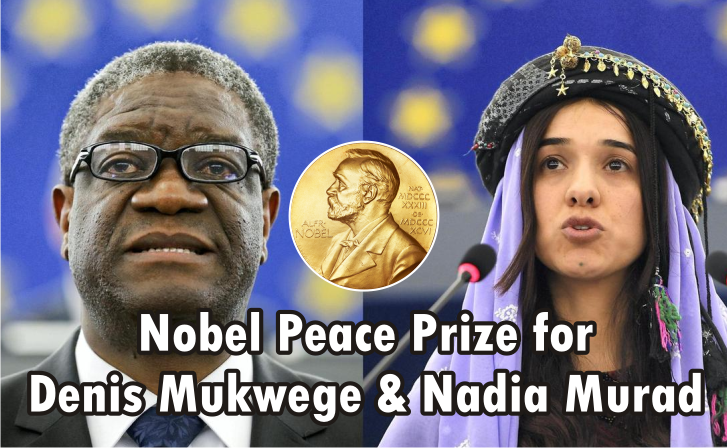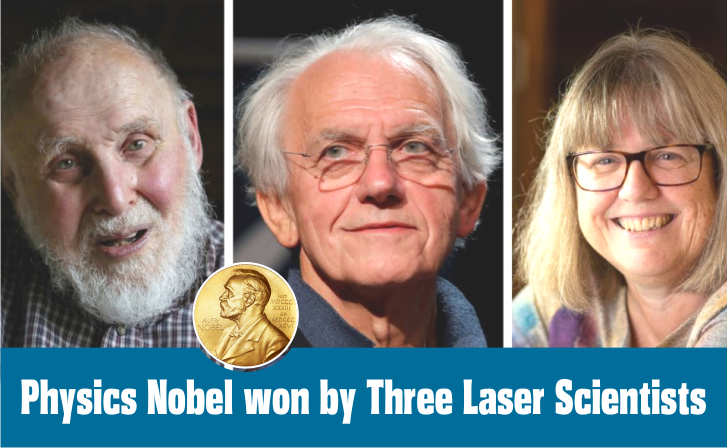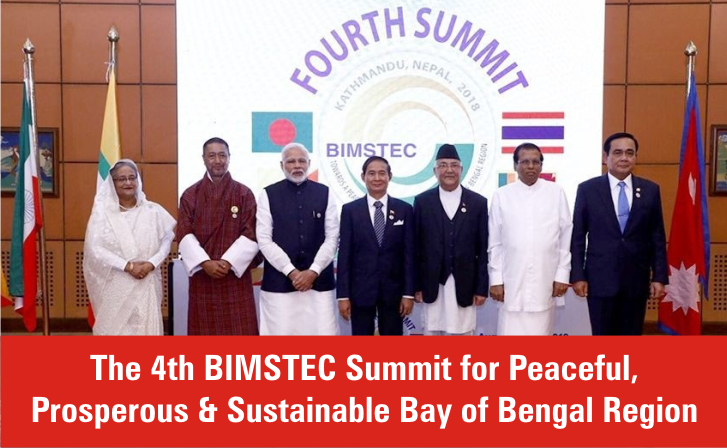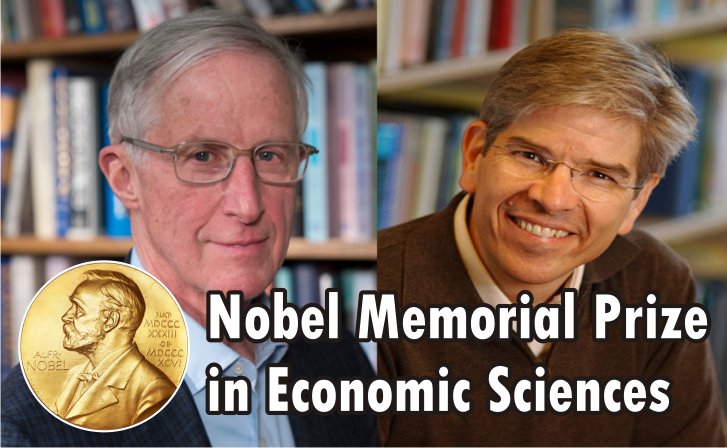National Police Memorial was dedicated to the nation, in recognition of the sacrifices made by police personnel since Independence, by Prime Minister Narendra Modi on 21 October, the Police Commemoration Day 2018, and addressing the police personnel he said, “Peace prevalent in nation is possible only due to your services”. PM Modi tweeted: “Cops are doing great service to the nation” and “Tributes to our brave police personnel”. Home Minister Rajnath Singh, Minister of State for Home Kiren Kiren Rijiju and senior BJP leader Lal Krishna Advani were also present at the event.
- National Police Memorial (NPM) represents all state and union territories’ police forces as well as Central Police Organisations of the country.
- NPM’s central sculpture is a 30 feet monolith made of a single piece of granite, weighing 238 tonnes.
- The monolith has been erected on 6.12 acres of land in Chanakyapuri at the northern end of Shanti Path.
- Its weight and colour symbolise the gravitas and solemnity of the supreme sacrifice.
- A 60-foot long river at the base of the sculpture reflects the continuous self-service of the policeman and woman, to maintain peace and public order.
- The Wall of Valour has the names of all 34,844 martyrs engraved on granite.
National Police Memorial was conceptualised in 1984, the earlier memorial, a 150-foot structure of steel, was brought down on the order of the Delhi High Court in 2008 because it violated environmental norms.
Police Museum depicting history, uniforms, artefacts and gear of central and state reserve police forces was also inaugurated the Prime Minister. The museum is a first of its kind which is located below the police memorial as an underground facility. It contains artefacts and points of time that shaped the history of the Indian police.
Police Commemoration Day is observed on October 21 every year in memory of the policemen killed at Hot Springs in Ladakh by Chinese troops on this date in 1959.
Police personnel fight against terrorism, referred to as militancy and insurgency in some theatres, in various geographical regions such as Kashmir, Punjab, Assam, Nagaland, Manipur, Mizoram and left-wing extremism affected regions of the country and while performing these duties in the service of the nation and humanity, many of the brave police personnel lose their lives. 34844 police personnel have been martyred since India’s independence in 1947. A large number of police lives were lost in prevention of crime and in maintenance of law and order.
Police personnel are also the main part of the National Disaster Response Force (NDRF), specialised force constituted under the Disaster Management Act, 2005 for the purpose of specialist response to a threatening disaster situation or disaster.
Prime Minister Modi also announced a decoration in the name of Netaji Subhash Chandra Bose for police and paramilitary men engaged in disaster relief.
Prime Minister Modi also hoisted the National flag and unveiled the plaque to celebrate the 75th anniversary of the formation of Azad Hind Fauz on 21st October 2018, at the Red Fort, Delhi and said: “I have announced that we will start a national award in the name of Netaji Subhas Chandra Bose. We will honour those policemen who risk their lives during natural disasters each year with this award.” Dr. Mahesh Sharma, MoS for Culture Chandra Kumar Bose, nephew of Netaji, Lalti Ram, INA Veteran and Brig. R.S. Chikkara were present at this event.

